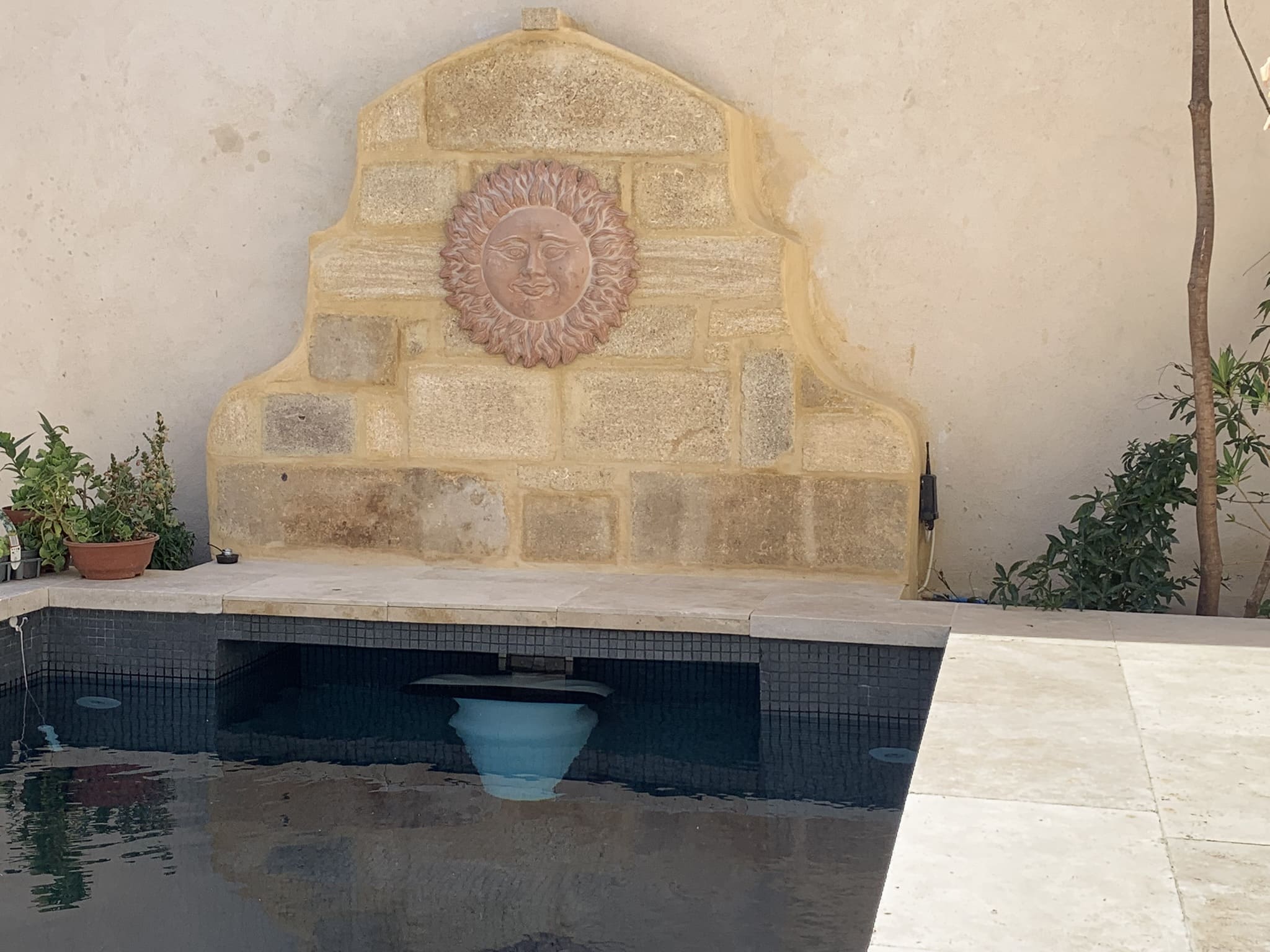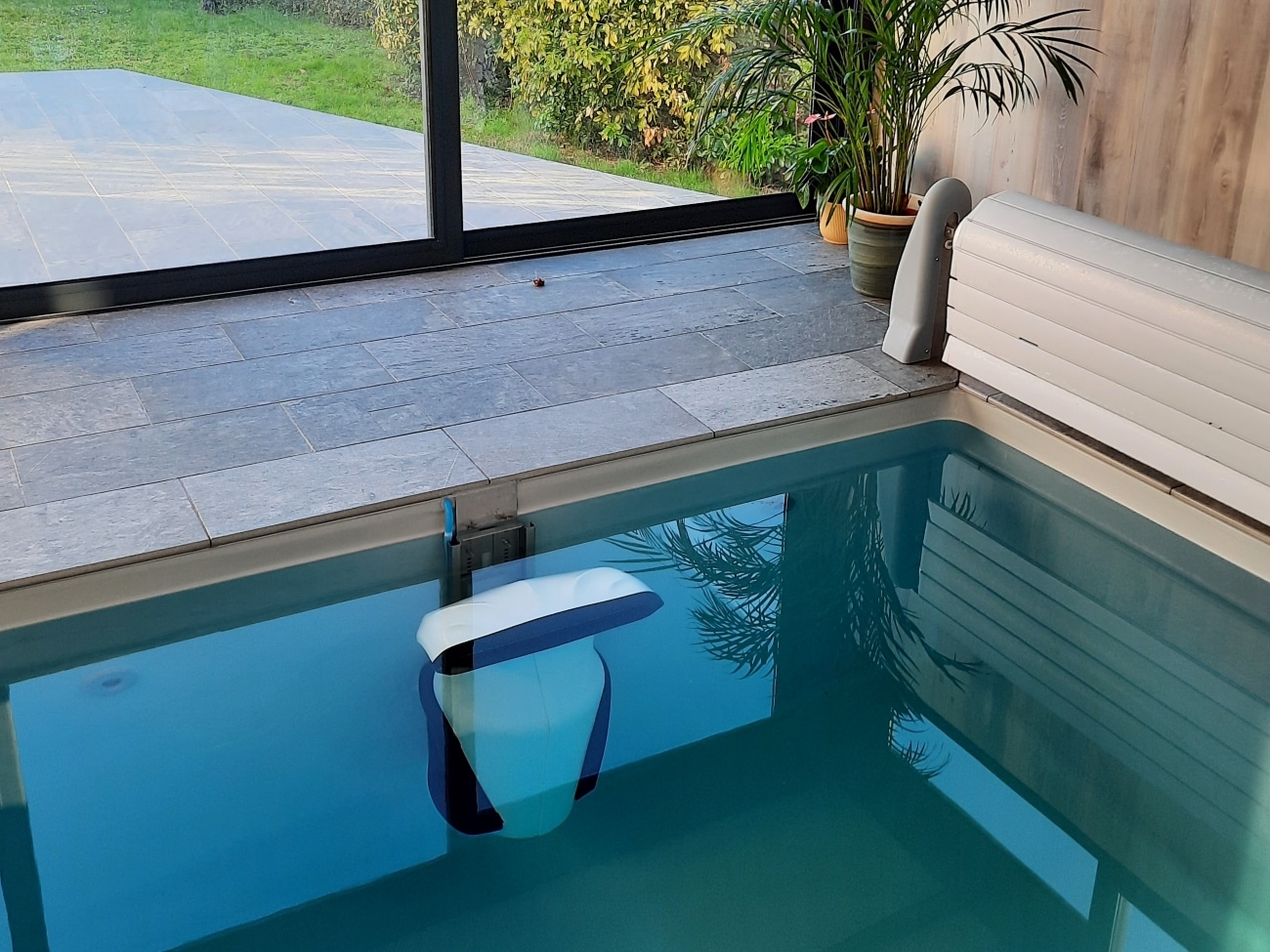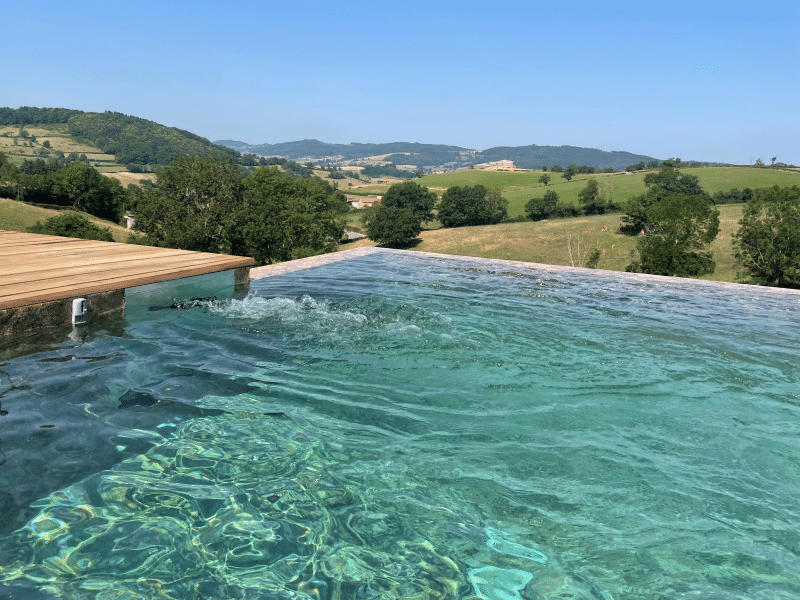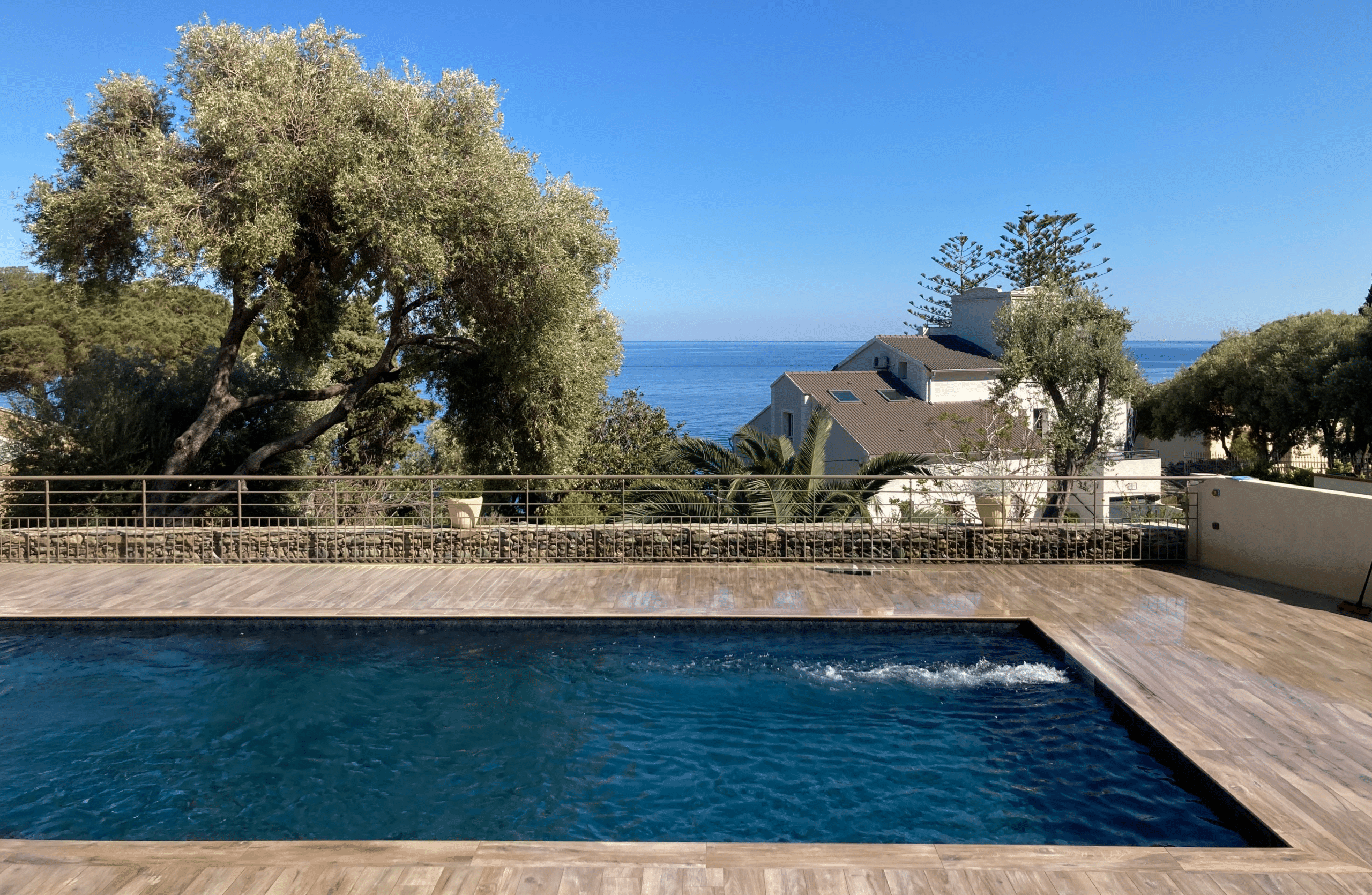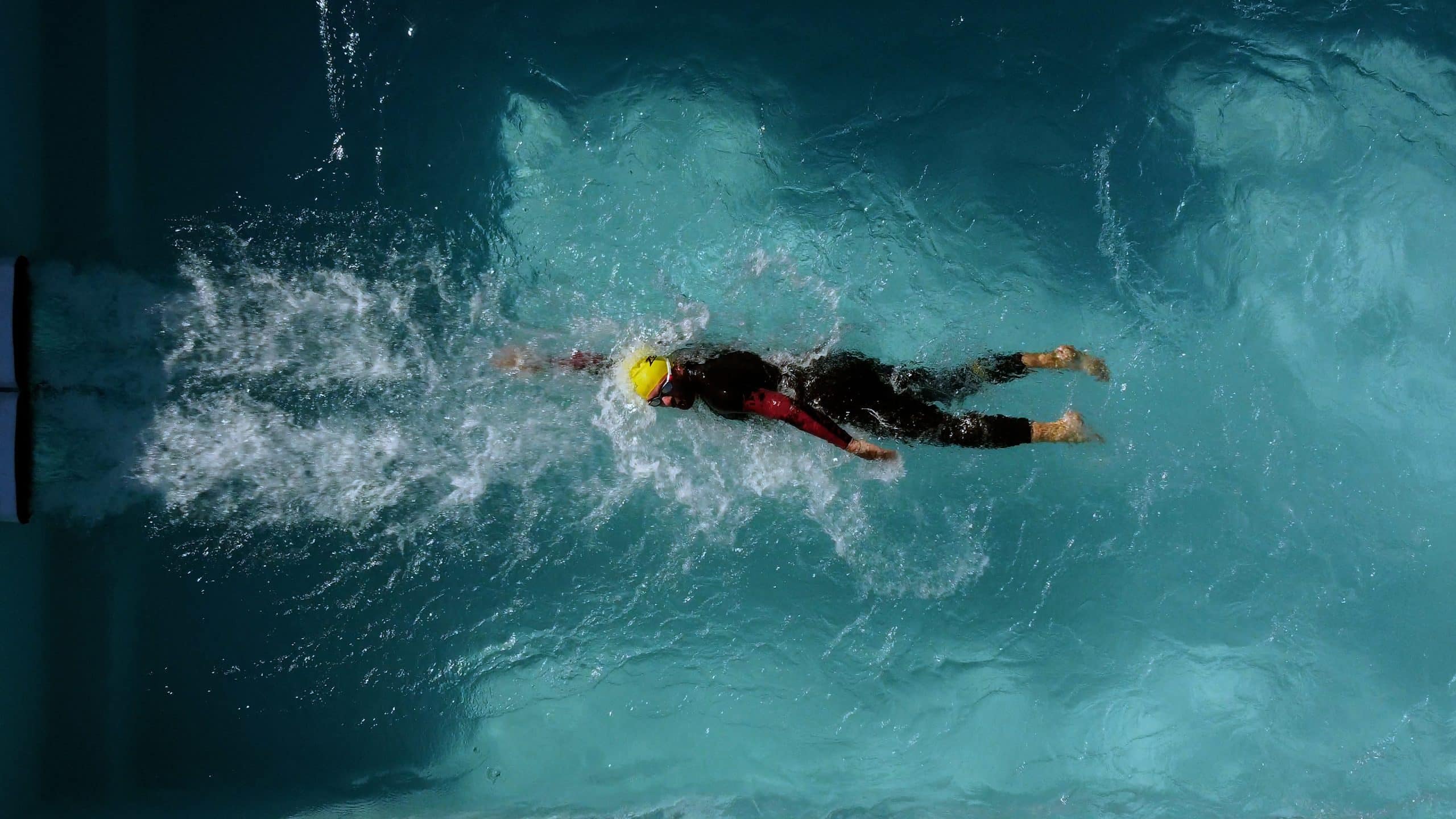
How do you swim with a countercurrent device?
Swimming with a counter-current system is accessible to everyone, whether you are a beginner, an advanced swimmer, or a competitive athlete. It caters to all preferences: from having fun with loved ones, relaxing or recovering, to improving your performance.
Swimming for the whole family
For beginners and children, learning to swim in a shallow pool is reassuring, and the swimmer feels safe and comfortable in a familiar environment.
Swimming in the same place is an excellent way to learn movements and work on your posture. For this, the first two speeds of the Swimeo turbine are ideal, so that there is not too strong a current. For this use, we recommend the 250m3/h version, available for the Swimeo S and Swimeo X.
The perfect accessories for learning

The swim current for performance
For preparing for a competition or improving your performance and endurance, the swim current is the ideal tool for both amateur and advanced swimmers.
Swimmers looking for intensive training can use speeds 3 and 4 of the Swimeo turbine. For competitive swimmers, we recommend the 400m3/h version (available for Swimeo S and Swimeo X), allowing you to perform interval training and optimize your workouts.
Train for a triathlon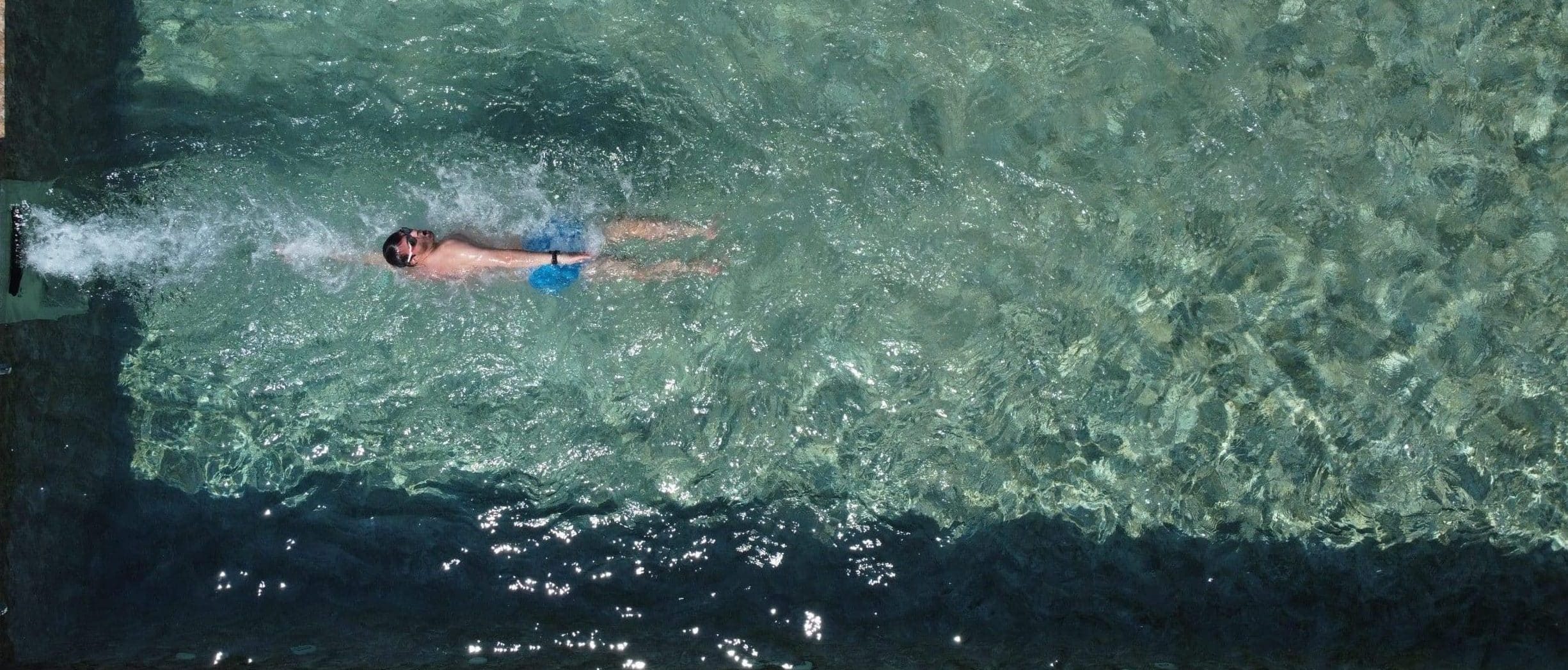

Swimeo for a moment of wellness
People looking for relaxation, recovery, and gentle muscle activation can also enjoy the benefits of a counter-current swim turbine.
You can benefit from the current generated by the Swimeo swimming flow to gently recover with aquatherapy. This way, you can enjoy a calming and relaxing break at home.
Take care of yourself with Swimeo

The exercises you can do with a swim current
With a pool equipped with a counter-current swim turbine, you can train various swimming techniques. Breaststroke, crawl, backstroke, butterfly, training only the upper body or only the leg kicks… it all depends on your swimming level.
Tip: With the Swimeo App, you can set your training times and speeds to personalize your sessions.
Exercise No. 1
Various exercises are suitable for all levels. We recommend purchasing a few swimming accessories for a budget of €100: a pull buoy, a kickboard, a front snorkel, and swimming goggles.
First, it’s important to work on the head position in the water. When the head is not properly positioned, the legs tend to sink, which increases resistance in the water (and thus decreases your speed). To improve your head position while swimming, we recommend the following exercise:
- Use a front snorkel and a board that you hold in front of you between your arms. The board helps you focus on the head position without worrying about your arms. The snorkel allows you to breathe without lifting your head out of the water while you keep kicking with your legs.
To perform the exercise correctly, keep your head between your shoulders and press your chin to your chest. To maintain the correct position, fix your gaze on the bottom of the pool by placing an object that serves as a reference point.
Also read: What accessories for a counter-current system?
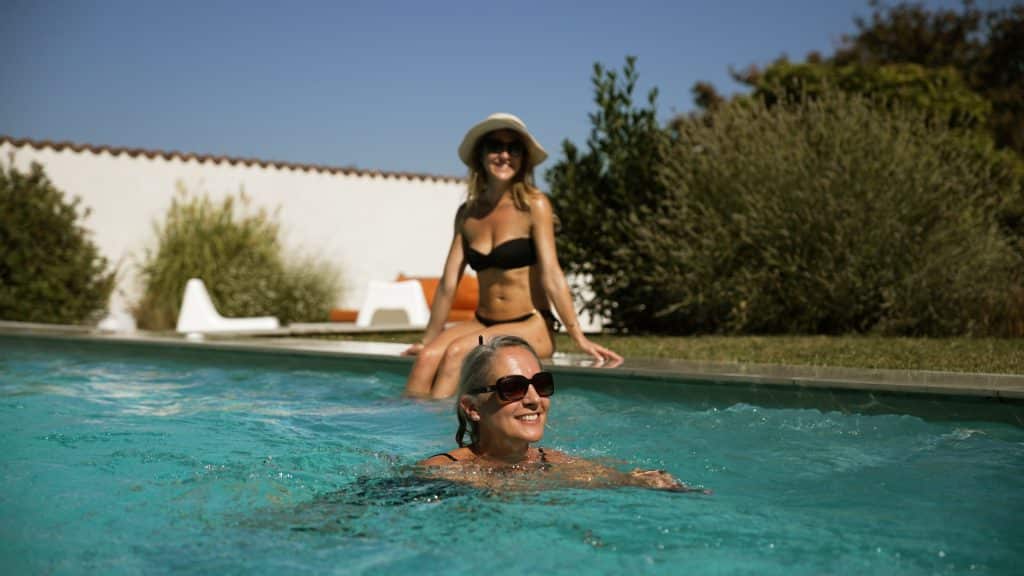
Exercise No. 2
For more experienced swimmers, swimming against the current helps you execute the catch technique better, which is useful for increasing your speed while crawling. We recommend the following exercise:
- To improve your catch, we recommend training only the arms and keeping the legs still by placing a pull buoy between your thighs. Start with 10 repetitions on the right side and then 10 repetitions on the left side, making sure to always push the water backward and not toward yourself. It is important to make the arm movement as large as possible by grabbing the water far in front of you and pushing it far behind you until your hand touches your thigh. The shoulders must be higher than the elbows and the elbows higher than the wrists during the movement. Don’t forget to keep your forearm horizontal during the stroke.
Crawling requires significant physical effort from both the arms and the legs. The work of the legs is essential for a good coordination of the swimming technique and helps maintain good core stability to keep your balance. Thanks to the leg work, you can swim up to 10% faster.
- Like the arms, it is also possible to train the leg stroke separately. For this, you need a board that you hold in front of you while you kick with your legs. Make sure to engage your core muscles well. To prevent you from pushing the water forward, it is important to stretch your feet and toes so you do not lose speed. Your movement should be smooth and generous.
- You can also perform this exercise in the same way, but then you lie on your side while holding a pull buoy with your hand. This exercise forces you to engage your abdominal muscles to stay in the axis of the turbine.

To continue…
Discover more articles that answer your questions about swimming against the current with Swimeo.




